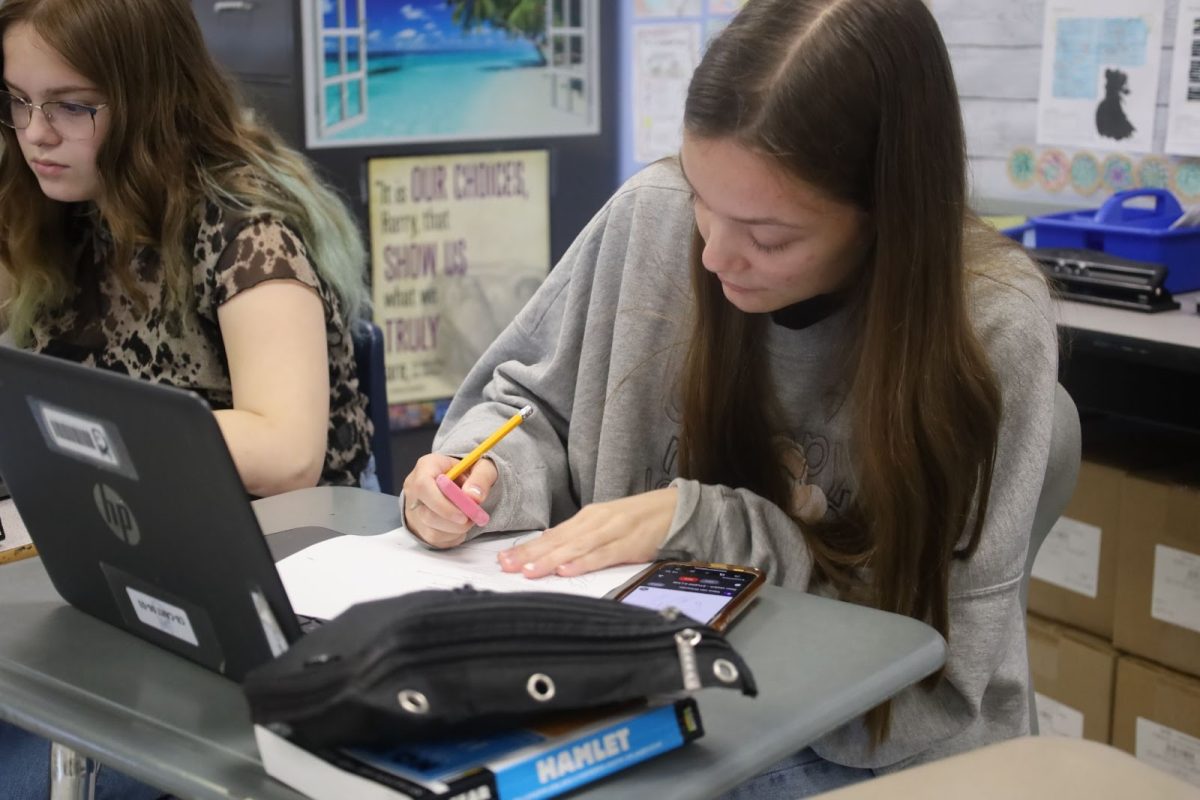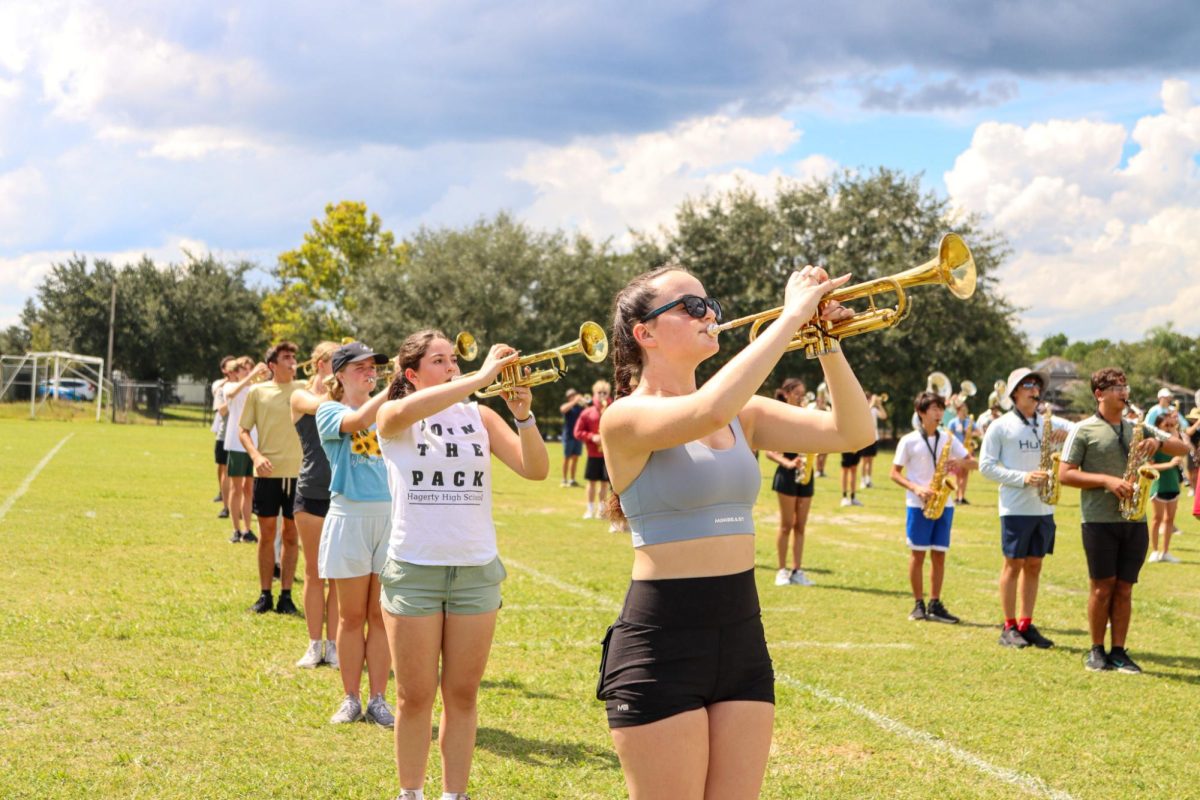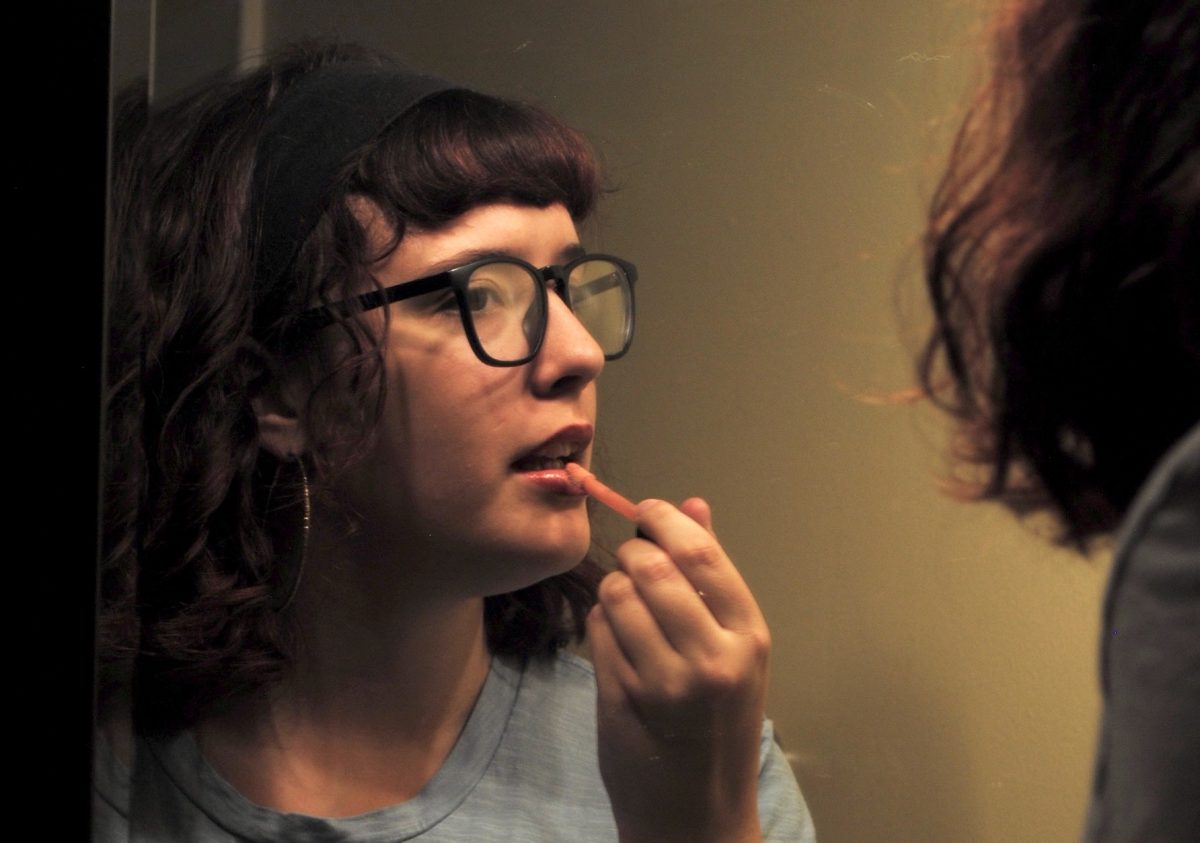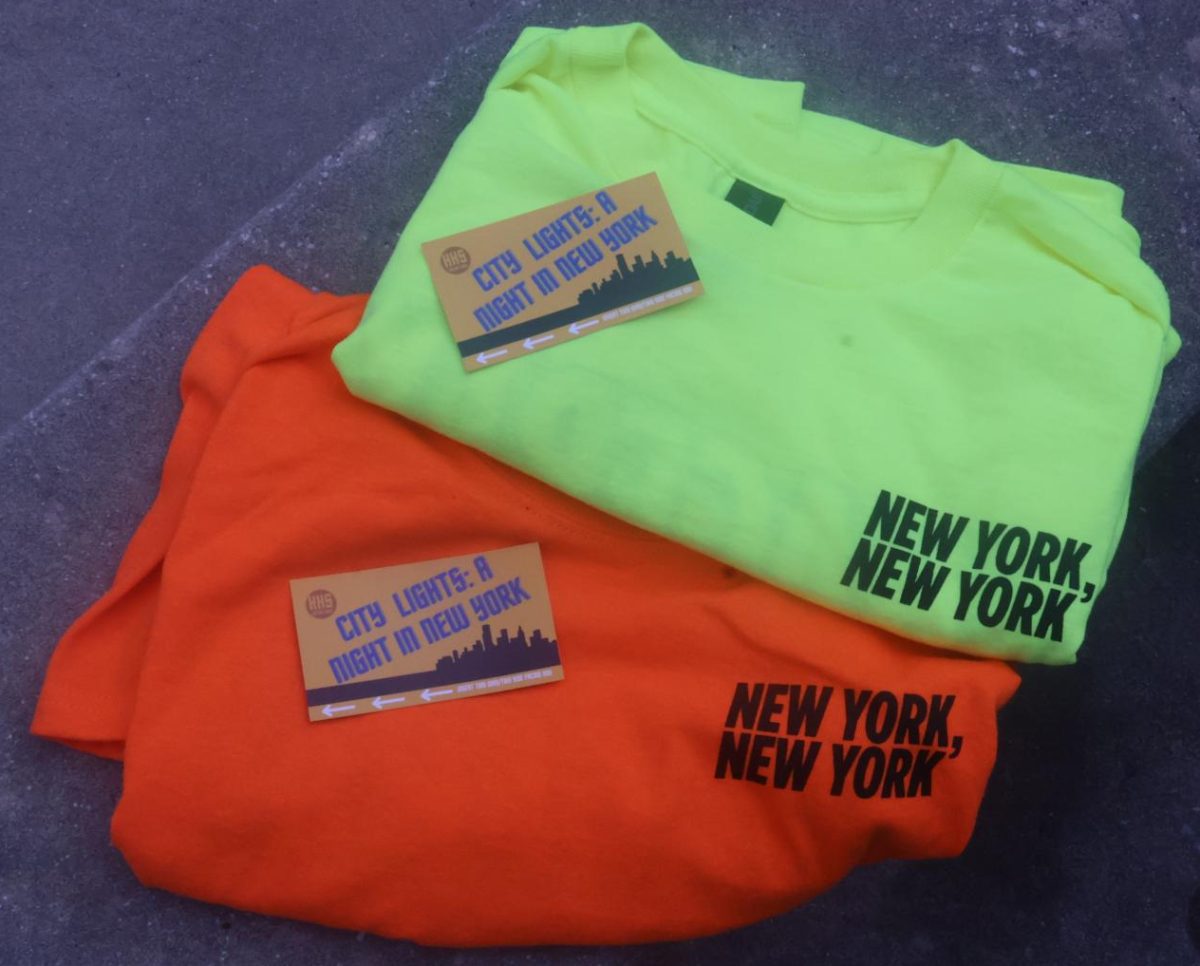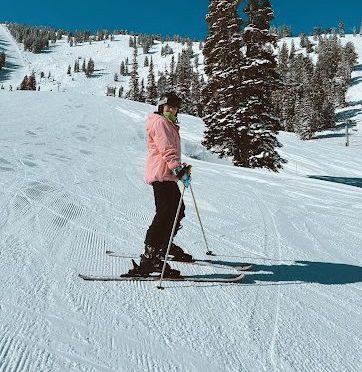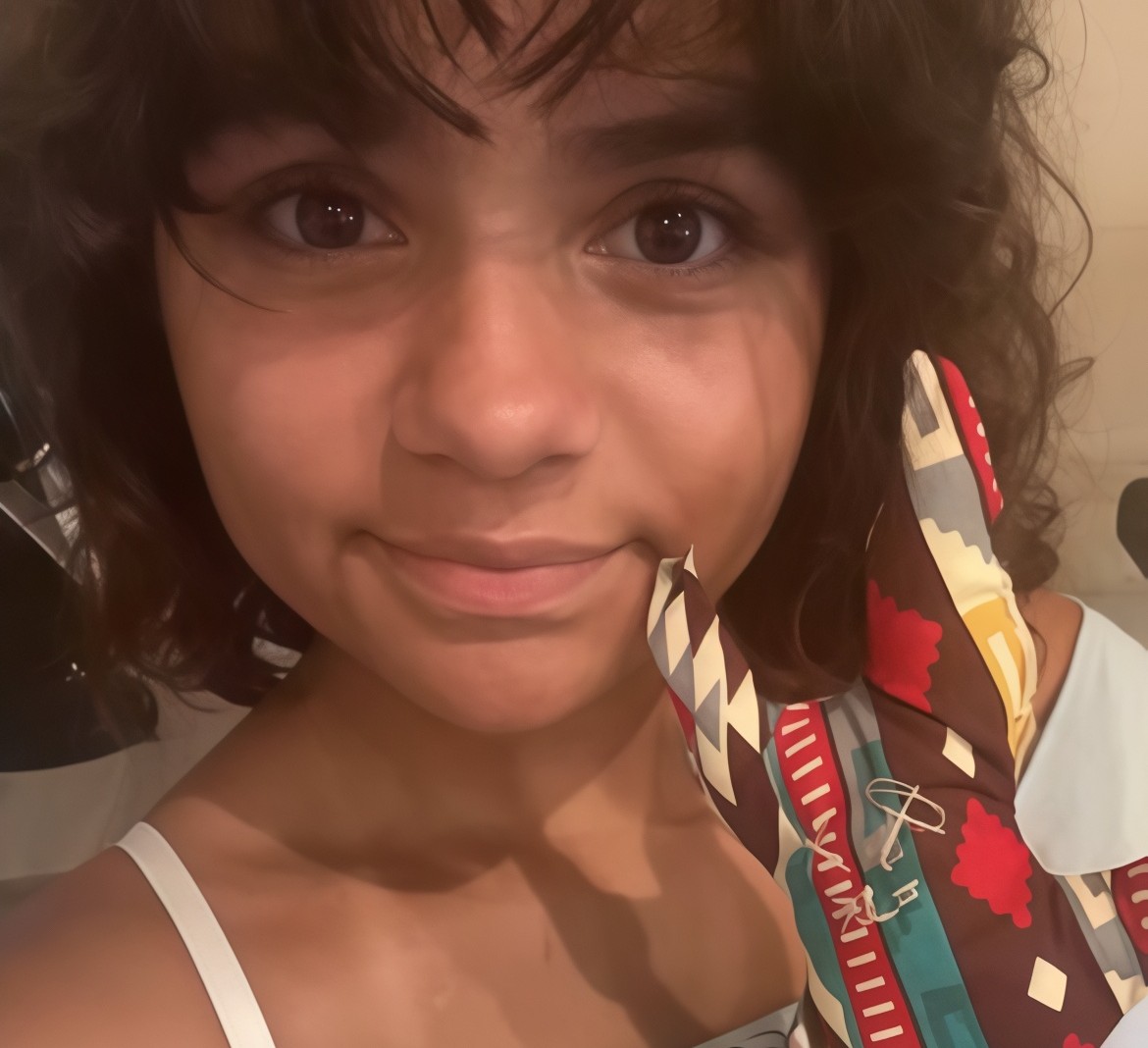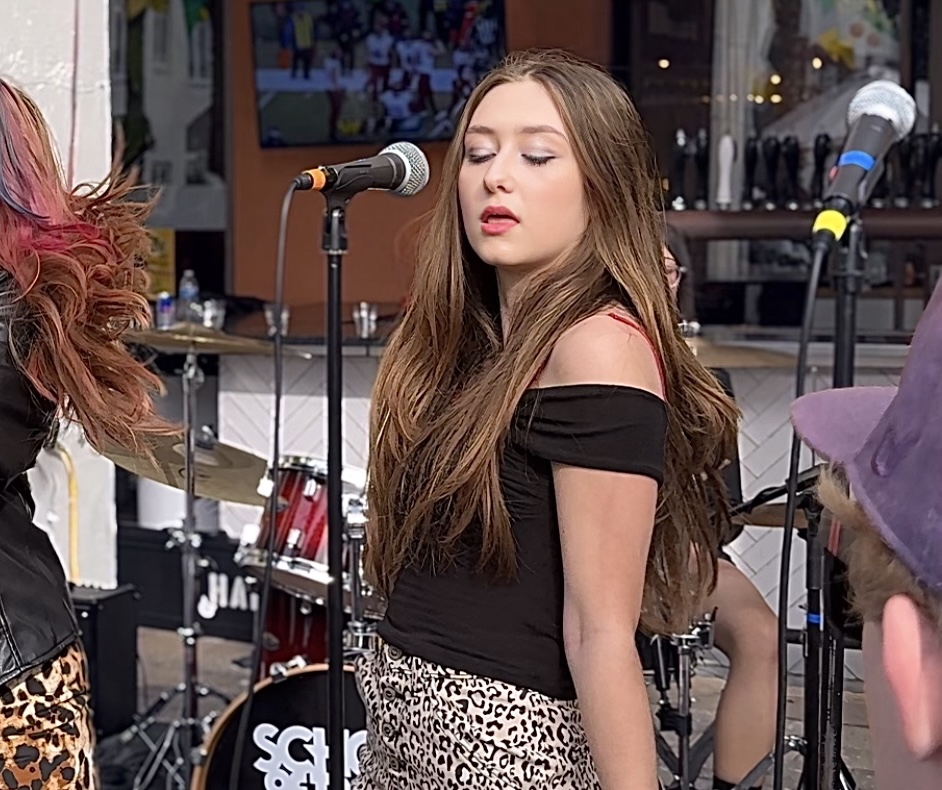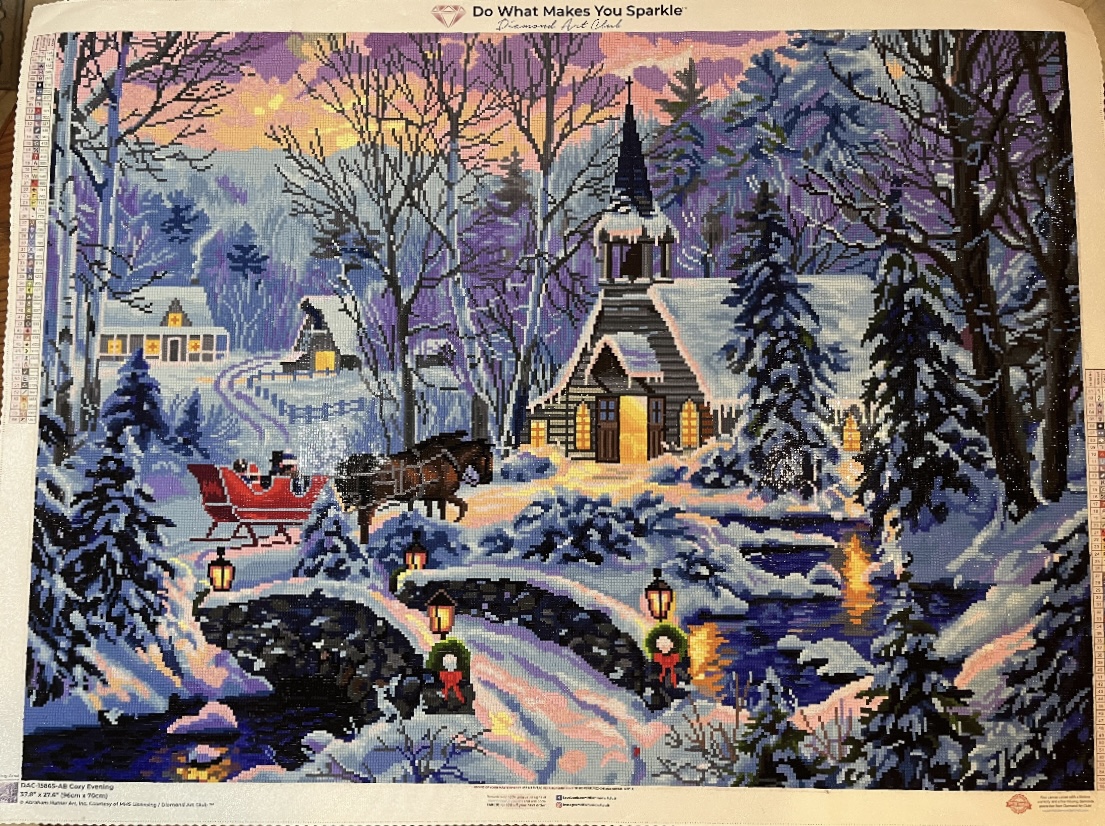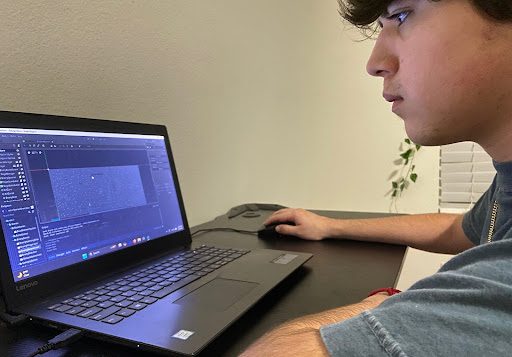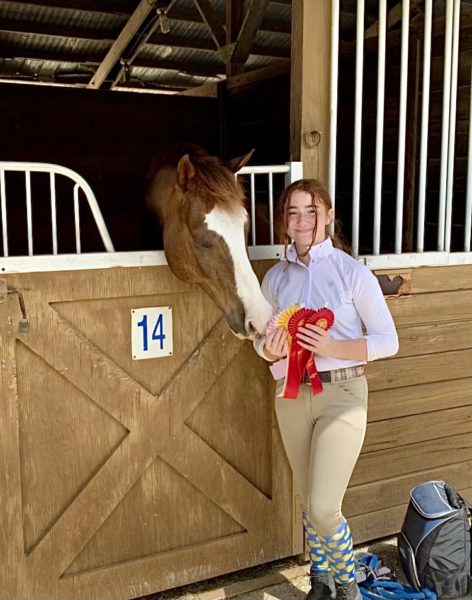
“Hey. Do you want to try horseback riding?”
This is not the way most competitive horseback riders get started, but freshman Kaitlyn Das’ newest hobby was adopted through a Facebook post that her mother found.
“My mom asked if I wanted to go to a [horseback riding] camp. I wasn’t doing anything at the time, so I did the camp over spring break and because I really liked it, I kept doing it,” Das said.
Since Das had never owned a horse, she joined a horseback riding school Cyr Point to further her technique. She learned the basics of trotting and directing the horse, or cantering, and eventually, she learned to jump.
Not having a horse of her own, Das had to face many challenges. She could not bond with the horse she was given, she had to pay extra fees to compete in competitions and even if she wanted to practice, she had to wait until her next class. This, however, did not stop her from quickly advancing.
“When I started advancing and learning about Western riding, and English riding, it felt like a whole new world,” Das said. “Eventually, I moved farms so I could keep improving, and because I don’t own a horse, I ride whatever [the farms] can provide for me.”
After learning the basics, Das began training with different types of horses. She was taught how to groom them, how to rack them—referring to a horse’s way of walking in transition from walking to a gallop—and how to recognize the horse’s preference.
“It’s not easy to build a relationship unless you own your horse or you are training one. It’s more than meeting a horse. You need to do the groundwork with them,” Das said. “Every horse is different. Some horses like to be ridden in a certain way, some horses will let you fall. As you learn new tricks and you mess with the reins, you can figure out a nice riding style with them.”
During her first year horseback riding, she encountered a horse that did not want to listen when it had to jump. No matter how much she tried, Das could not control it. After the trainer got on the horse, it buckled and stopped, refusing to listen to the trainer as well.
“The horse wasn’t only not working with me, but it wasn’t working with a professional either, meaning I, as a newer rider, should not have been put on that horse,” Das said.
In horseback riding, there are three categories that a person can compete in: equitation, hunters and jumpers. Equitation mainly focuses on the way the rider looks while riding, focusing on the rider’s technique and style. In hunters, the horse’s training and skills are the ones being judged. In show jumping, the event Das mainly competes in, the horse must jump through several obstacles in a certain time frame. This competition is based mostly on speed and strength. Das previously competed in hunters and equitation. Although she can still ride in those disciplines, she has switched up her focus to jumpers.
“I got more into [jumpers] and I think it’s really fun since I like the speed,” Das said.
Although she has continued her hobby so far, there are a few things that complicate her experience when advancing to higher-level competitions.
“The hardest part about riding in general is [that] it revolves a lot around money. Financially, if you don’t own or lease a horse, it’s really hard to keep advancing because most people who are competent in high levels own or lease high-level horses and they can get pretty expensive,” Das said.
Because of the added fees of competition, training, classes, and transportation, Das spends around $6,000-$9,000 per year. Still, finances have not deterred her away from competition. She practices her horseback riding skills two to four times a week or whenever a horse is available.
“I see a lot of people doing really high-level shows and I see kids my age who have a lot of fun [horseback riding],” Das said. “When I see other kids that are a level ahead I think, ‘That is really nice riding and I’d love to ride like that someday.’”

